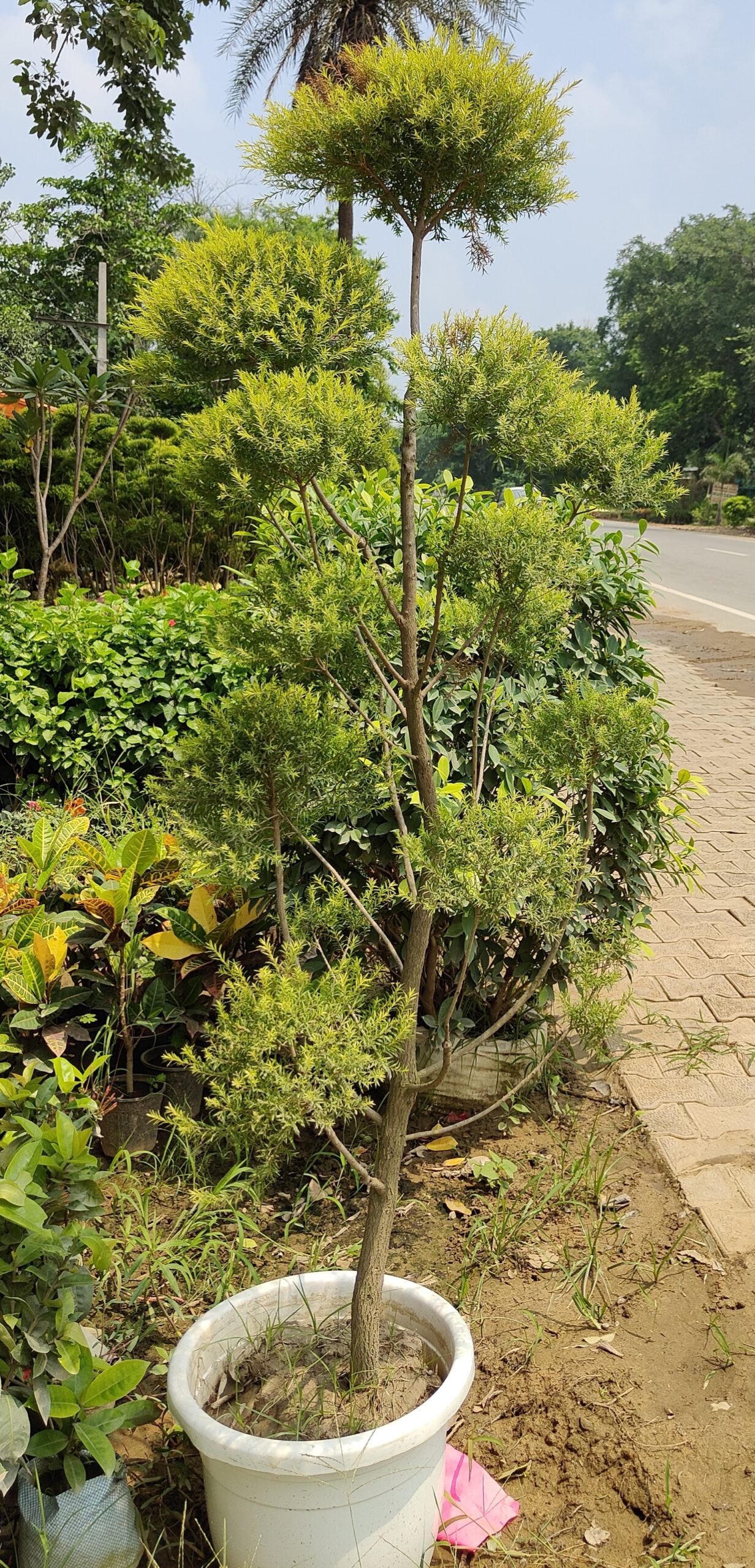
Growing a golden bottle brush plant (Callistemon viminalis ‘Hot Pink’) can be a rewarding experience.). Here are some tips to help you successfully grow and care for your plant:
Climate and Location:
Golden bottle brush plants prefer a sunny location with well-draining soil.). They thrive in warm climates and are suitable for USDA hardiness zones 9-11.
Soil Requirements:
Plant your golden bottle brush in well-draining soil that is slightly acidic to neutral (pH 5.5 to 7.0.). If your soil is heavy or clayey, amend it with compost to improve drainage.
Planting:
Dig a hole slightly larger than the root ball of your plant. Place the plant in the hole, ensuring the top of the root ball is level with the soil surface. Backfill with soil and water thoroughly.
Watering:
Golden bottle brush plants prefer regular watering, especially during the growing season (spring through fall Keep the soil evenly moist but not waterlogged Once established, they are somewhat drought-tolerant.).
Fertilizing:
Feed your golden bottle brush plant with a balanced fertilizer in spring before new growth begins.). You can also apply a fertilizer formulated for flowering shrubs to promote blooming.
Pruning:
Prune your plant after flowering to maintain its shape and encourage bushier growth.). Remove any dead or damaged branches as needed throughout the year.
Mulching:
Apply a layer of mulch around the base of the plant to help keep moisture and suppress weeds. Keep the mulch a few inches away from the trunk to prevent rotting.
Pests and Diseases:
Golden bottle brush plants are generally resistant to pests and diseases. But, watch out for aphids, scale insects, and leaf spot diseases. Treat any issues promptly with appropriate insecticides or fungicides.
Propagation:
You can propagate golden bottle brush plants from semi-hardwood cuttings taken in late spring or early summer Use a rooting hormone and plant the cuttings in a well-draining rooting medium.).
Winter Care:
In colder climates, protect your golden bottle brush plant from frost by covering it with a frost cloth or bringing it indoors if possible Mulching around the base can also help insulate the roots.).
By following these guidelines, you can enjoy a healthy and thriving golden bottle brush plant in your garden or landscape.).
Plant Characteristics:
Appearance:
The golden bottle brush plant (Callistemon viminalis ‘Hot Pink’) is named for its cylindrical spikes of flowers that resemble a bottle brush, typically in shades of pink to red.). The foliage is usually narrow and green, adding to its ornamental appeal.
Size:
These plants can reach heights of 6 to 15 feet (1.8 to 4.5 meters) tall and spread about 4 to 8 feet (1.2 to 2.4 meters) wide, making them suitable for hedges, borders, or standalone specimens in gardens.).
Cultural Requirements:
Sunlight:
Full sun is ideal for golden bottle brush plants to ensure robust growth and abundant flowering.). They can tolerate partial shade but may not bloom as profusely.
Temperature:
These plants are best suited to warm climates and are not frost-tolerant. They thrive in USDA hardiness zones 9 to 11, where temperatures remain above freezing during winter.).
Maintenance Tips:
Watering:
During the growing season, water regularly to keep the soil evenly moist. Reduce watering in winter when the plant is dormant.
Fertilizing:
Apply a balanced fertilizer in spring to promote healthy growth and flowering. Follow the manufacturer’s instructions for application rates.
Mulching:
Mulch around the base of the plant to conserve moisture, regulate soil temperature, and suppress weed growth.). Use organic mulches like bark chips or compost.
Pruning and Care:
Pruning:
Trim your golden bottle brush plant after flowering to maintain its shape and encourage new growth.). Remove dead or damaged branches throughout the year to keep the plant healthy.
Support:
In windy locations, young plants may benefit from staking or support until they establish a strong root system.).
Propagation Methods:
Cuttings:
Propagate golden bottle brush plants from semi-hardwood cuttings taken in late spring or early summer.Use a rooting hormone to encourage root development and plant the cuttings in a well-draining rooting medium.).
Seeds:
Although less common, you can also propagate from seeds collected from mature flowers.). Seeds may take longer to establish compared to cuttings.
Common Issues:
Pests: Keep an eye out for aphids, scale insects, and occasionally caterpillars that may feed on the foliage.). Treat infestations promptly with insecticidal soap or horticultural oil.
Diseases:
While generally resilient, watch for fungal diseases like leaf spot or root rot, especially in poorly draining soil or humid conditions Ensure good air circulation around the plant and avoid overhead watering to reduce disease risks.).
By understanding these aspects of care and cultivation, you can effectively grow and maintain a vibrant golden bottle brush plant in your garden or landscape.).